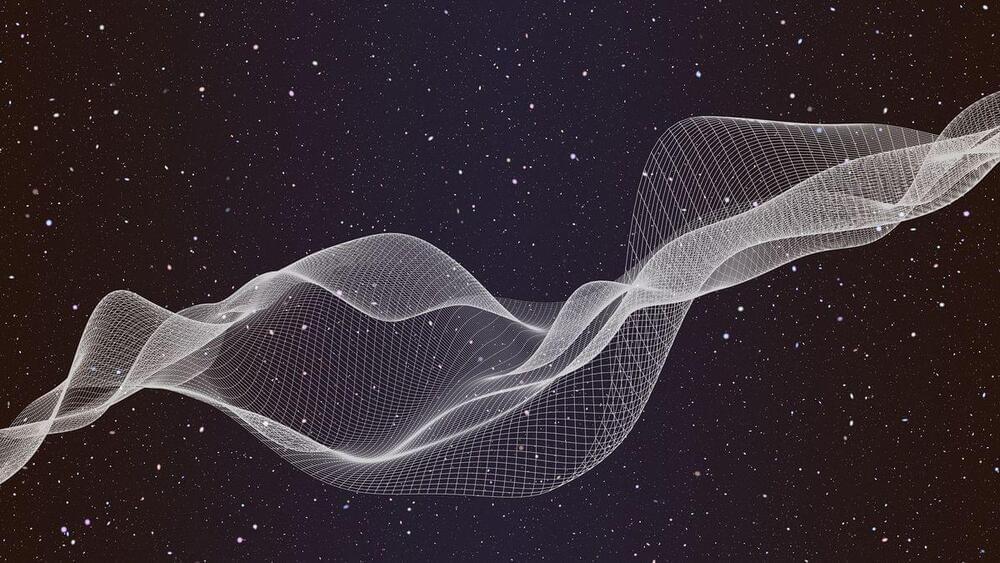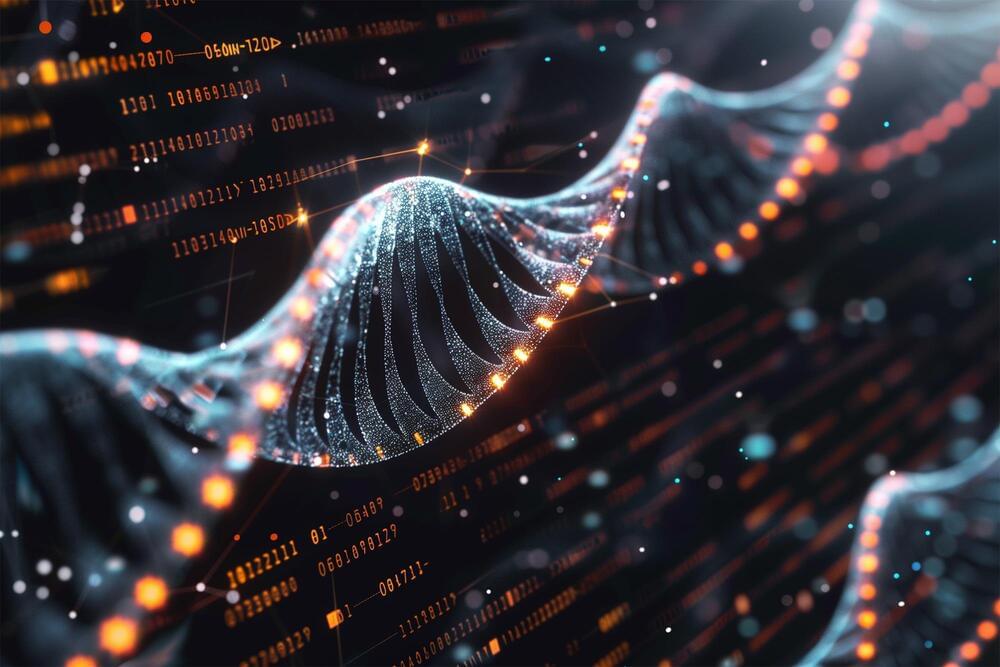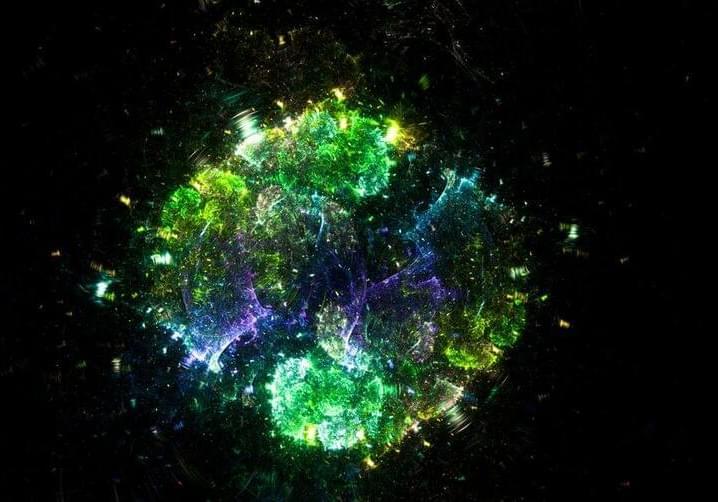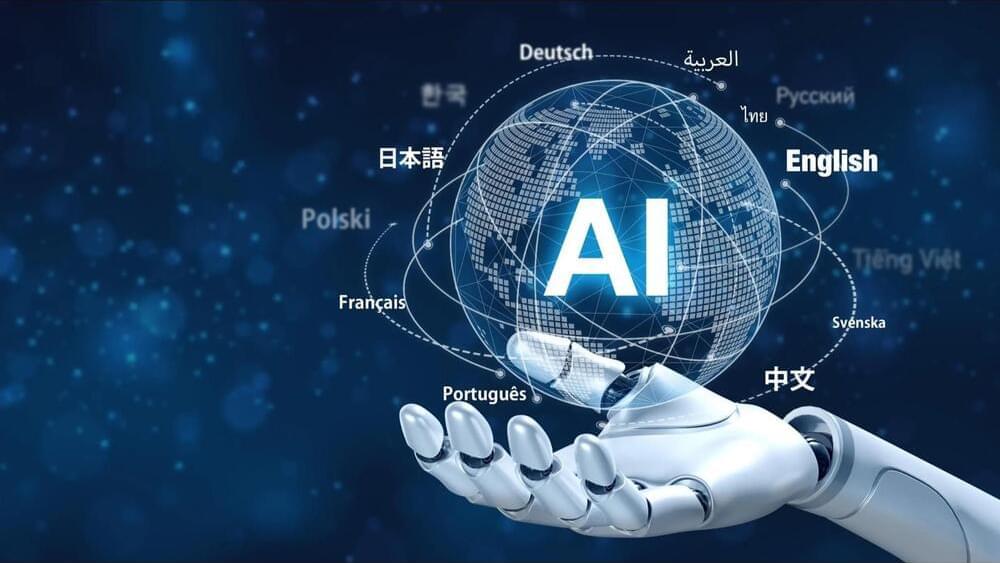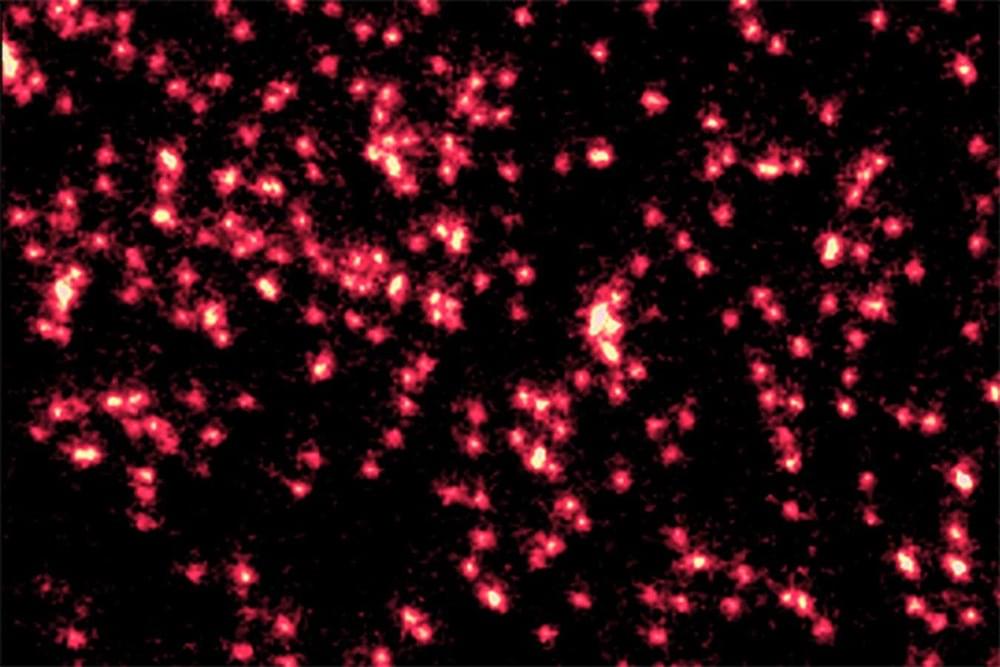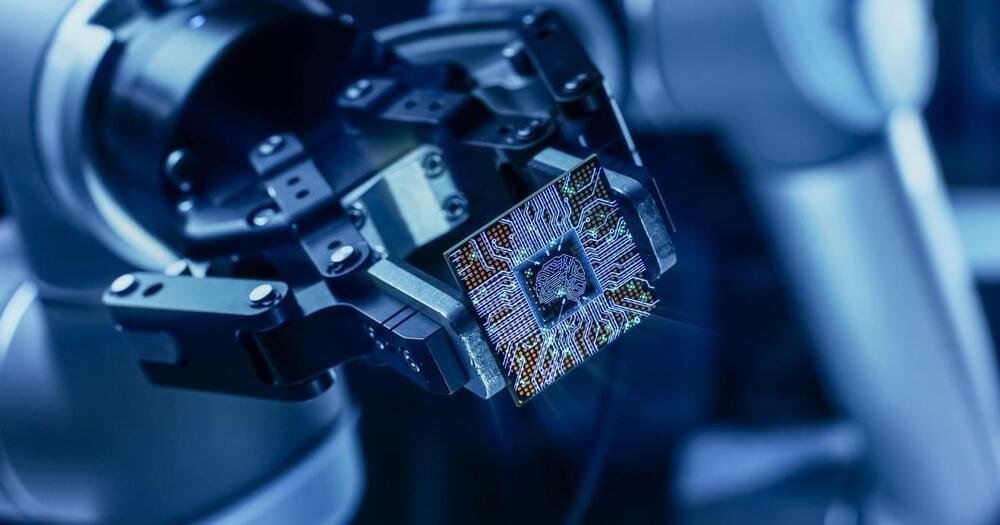Apr 28, 2024
ETH Zurich’s wheeled-legged robot masters urban terrain
Posted by Gemechu Taye in categories: information science, robotics/AI
ETH Zurich researchers have developed a locomotor control that can enable wheeled-legged robots to autonomously navigate various urban environments.
The robot was equipped with sophisticated navigational abilities thanks to a combination of machine learning algorithms. It was tested in the cities of Seville, Spain, and Zurich, Switzerland.
With little assistance from humans, the team’s ANYmal wheeled-legged robot accomplished autonomous operations in urban settings at the kilometer scale.



